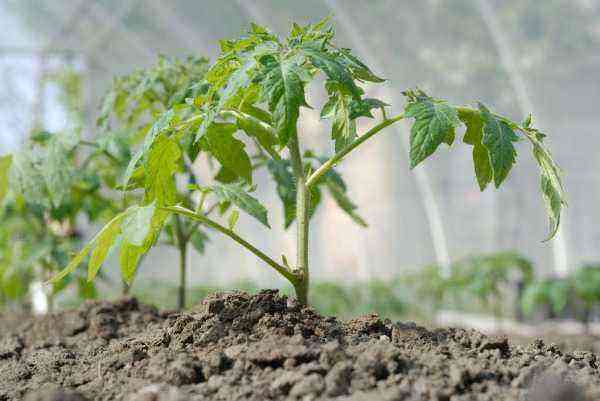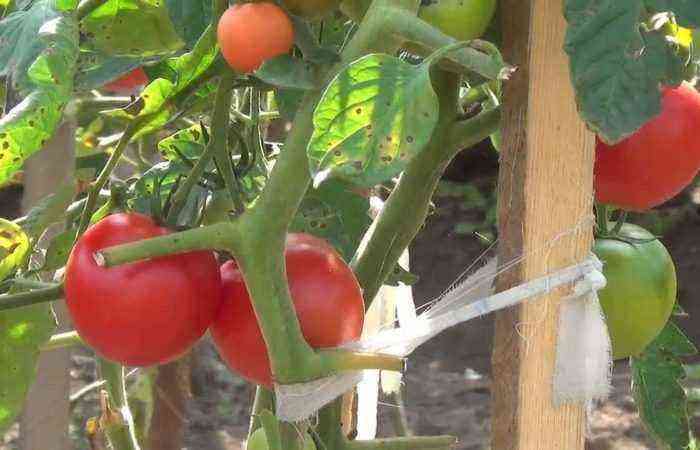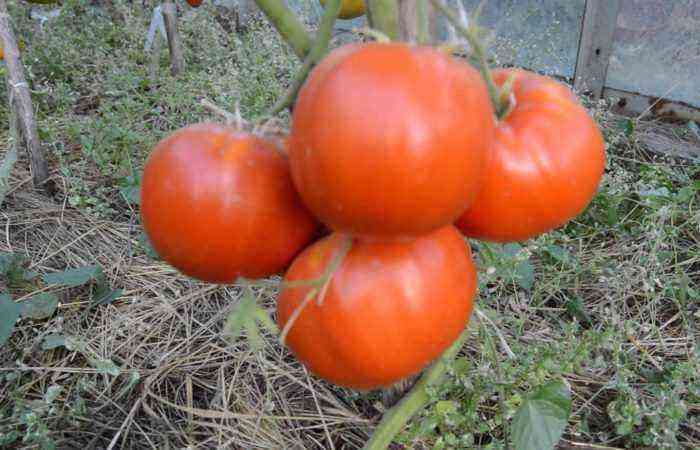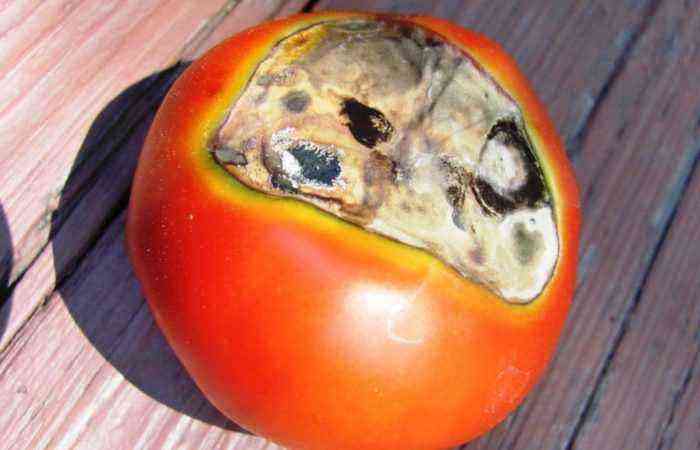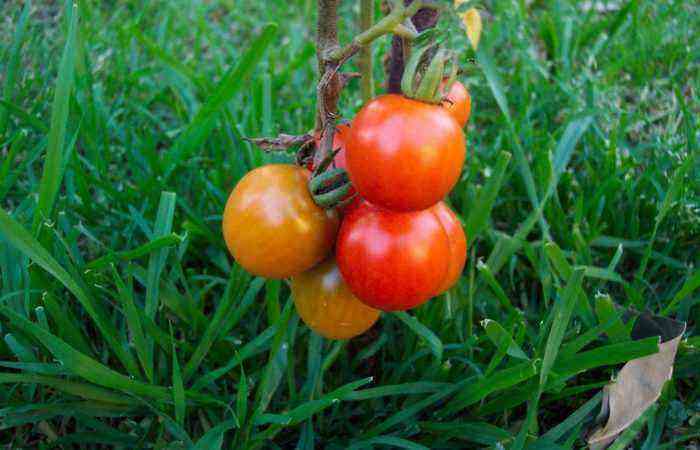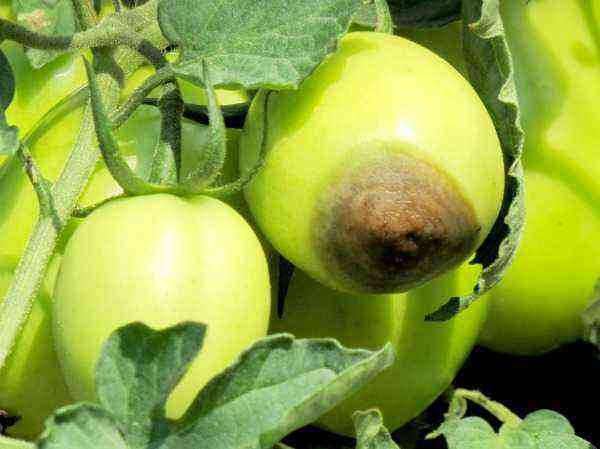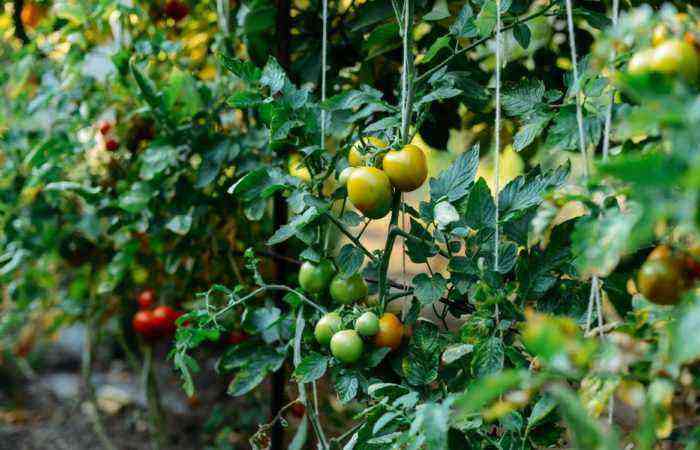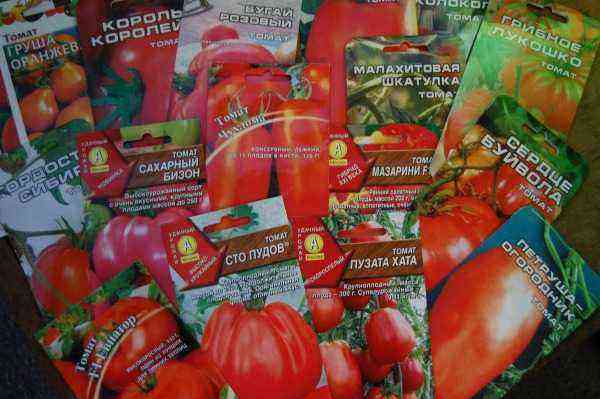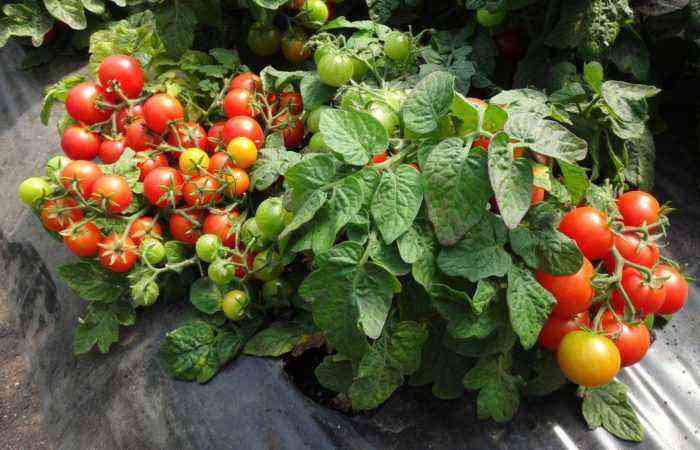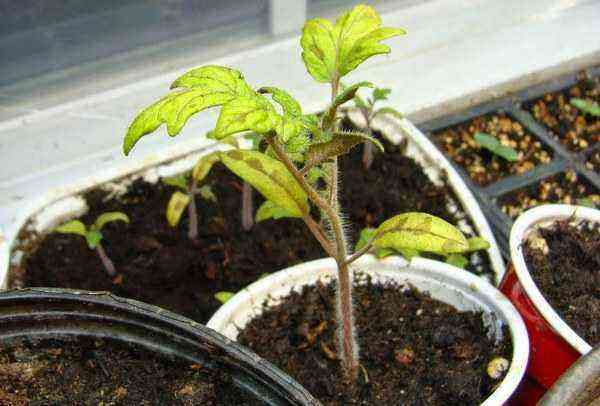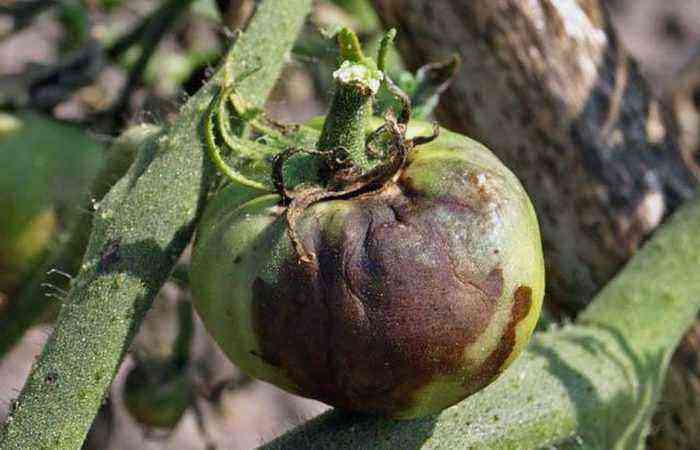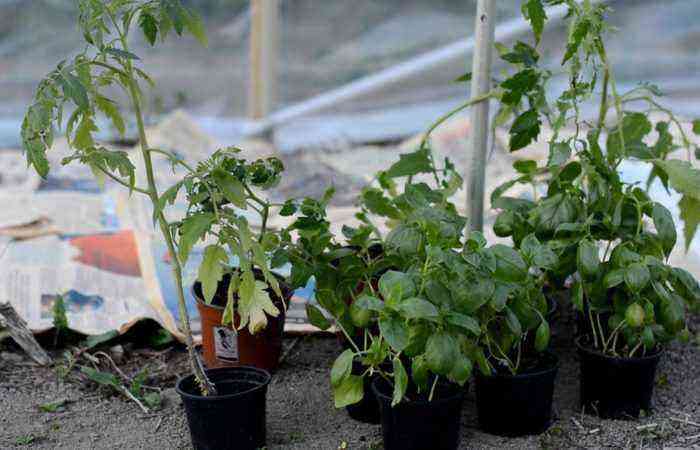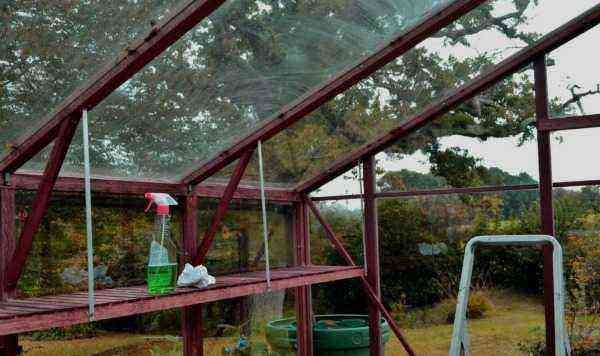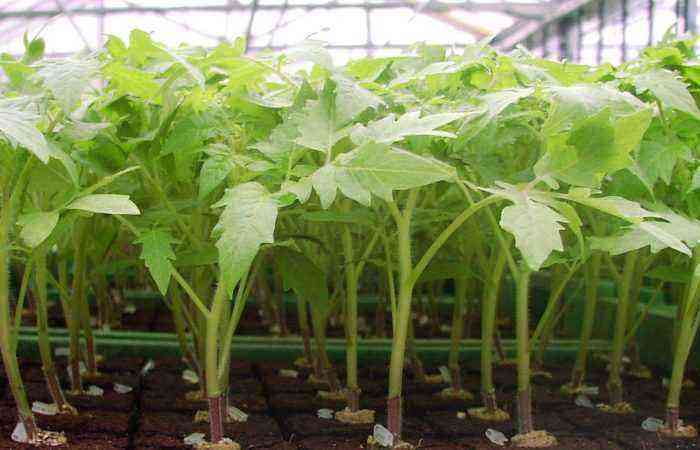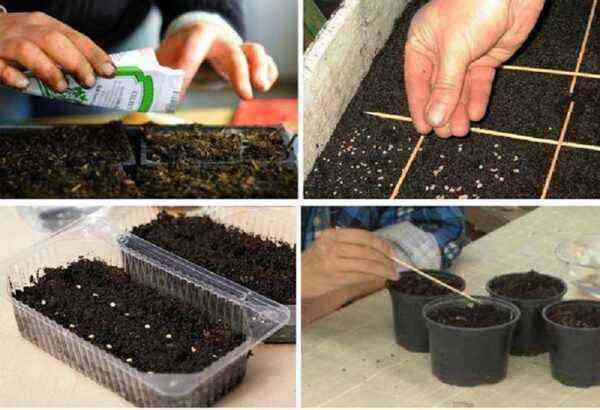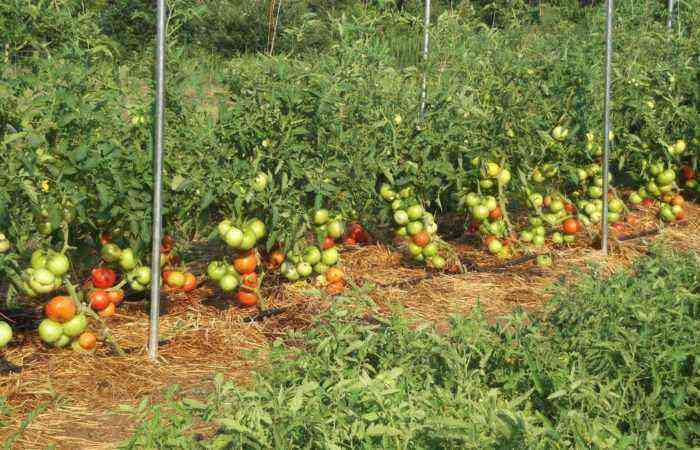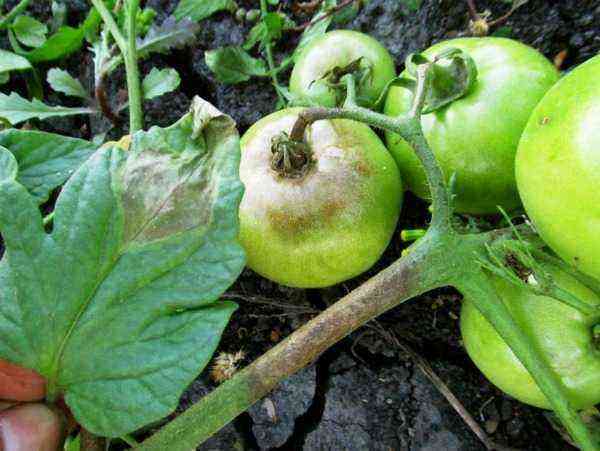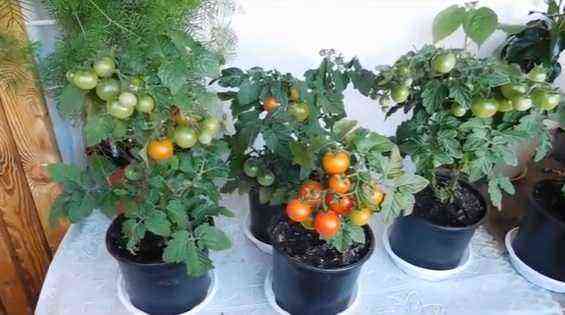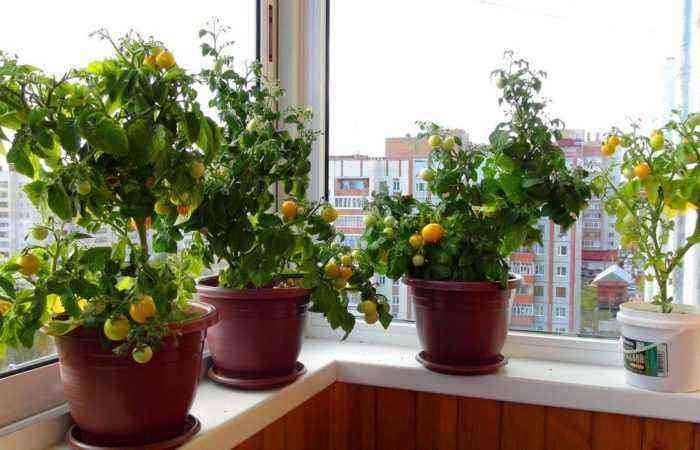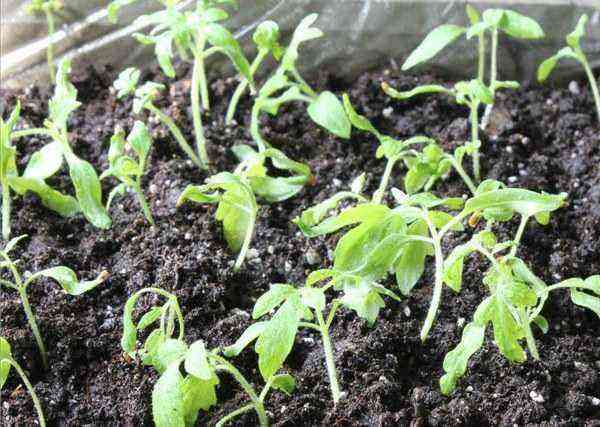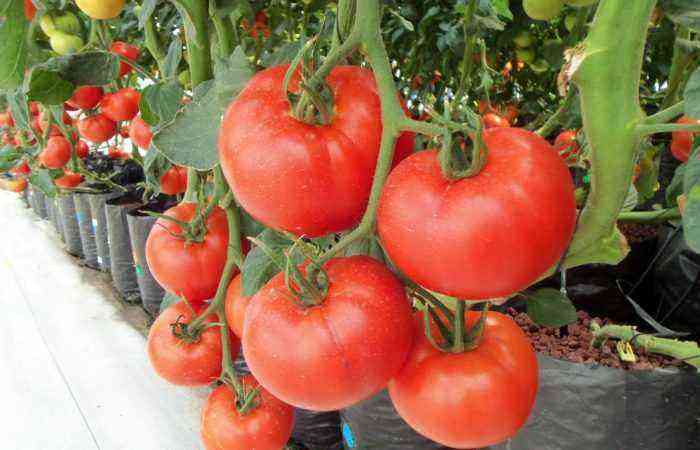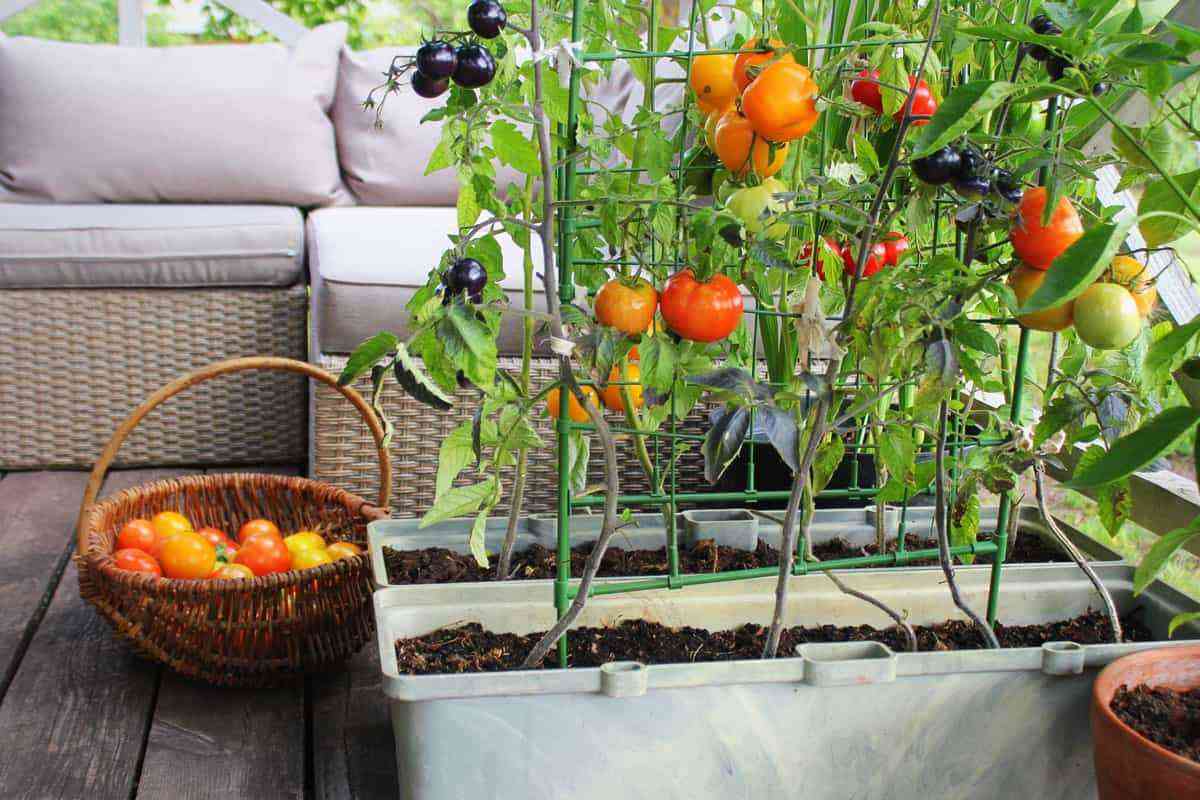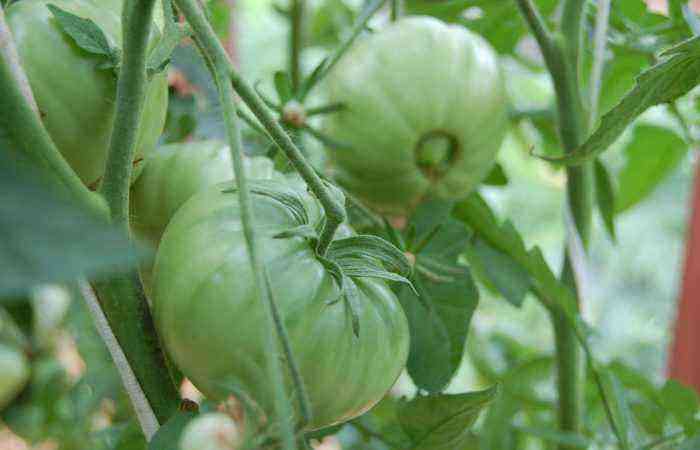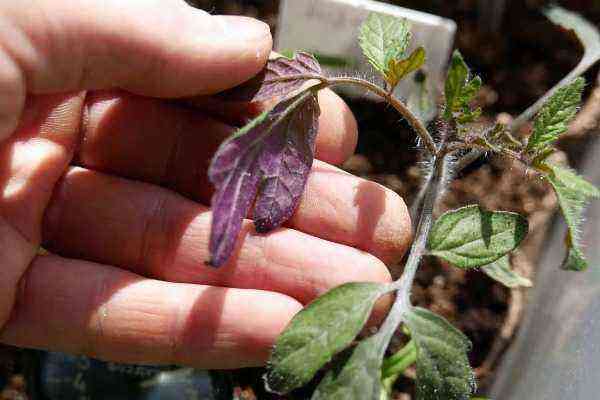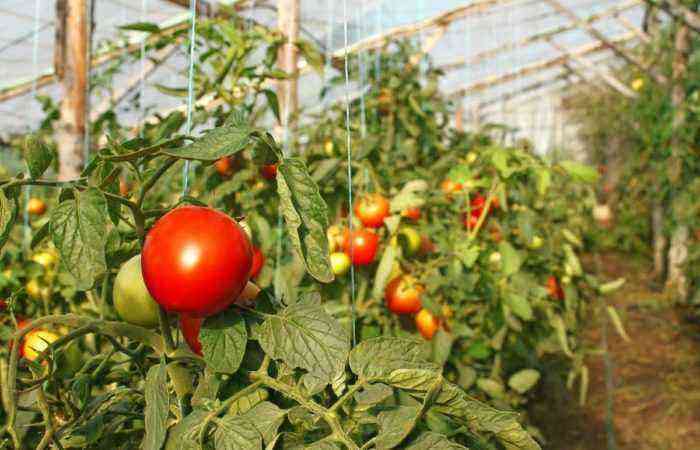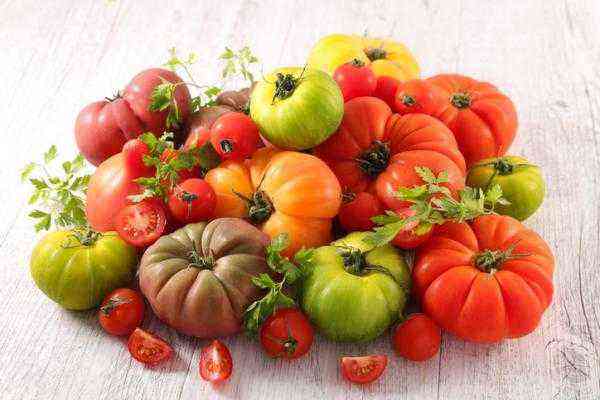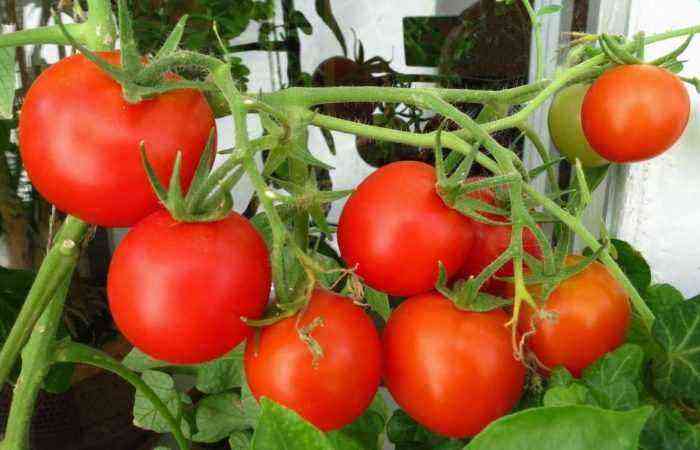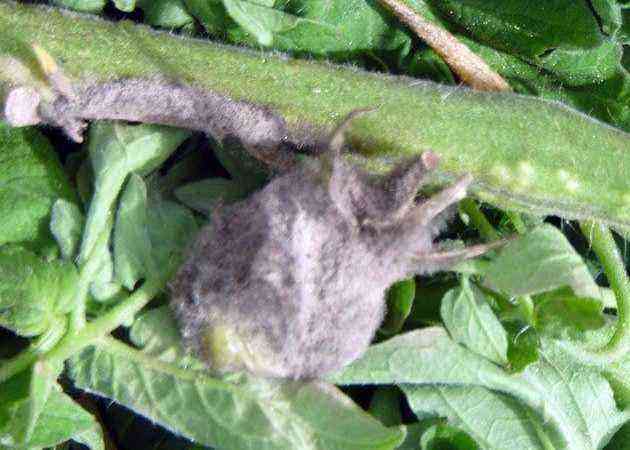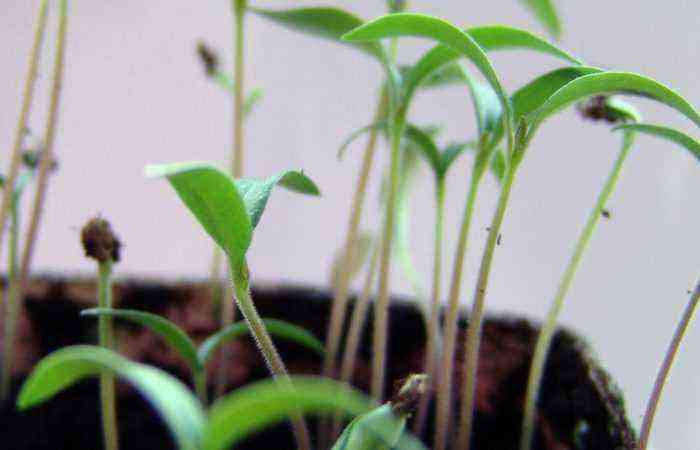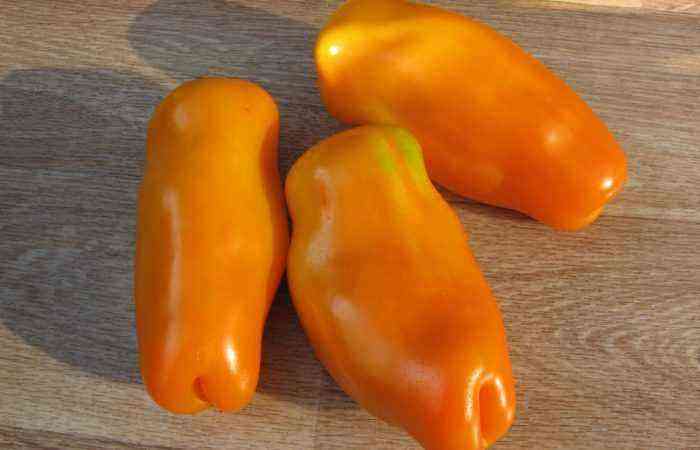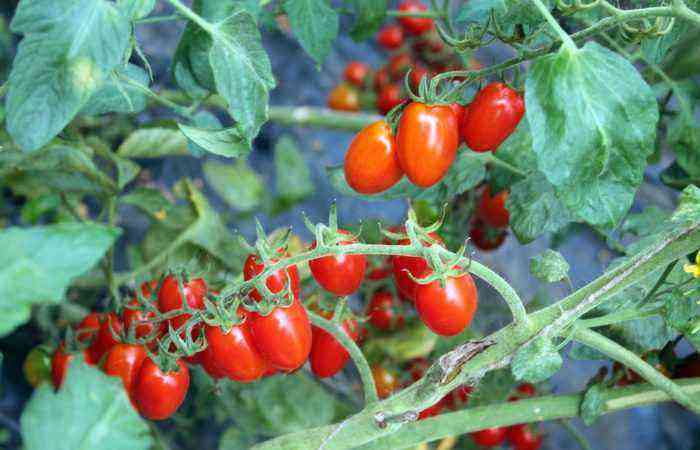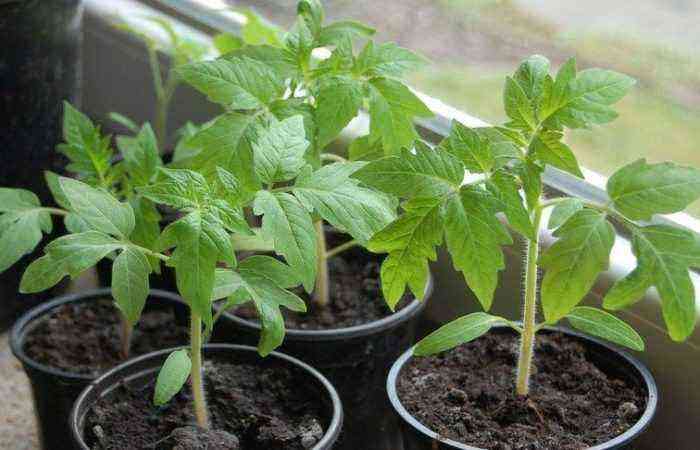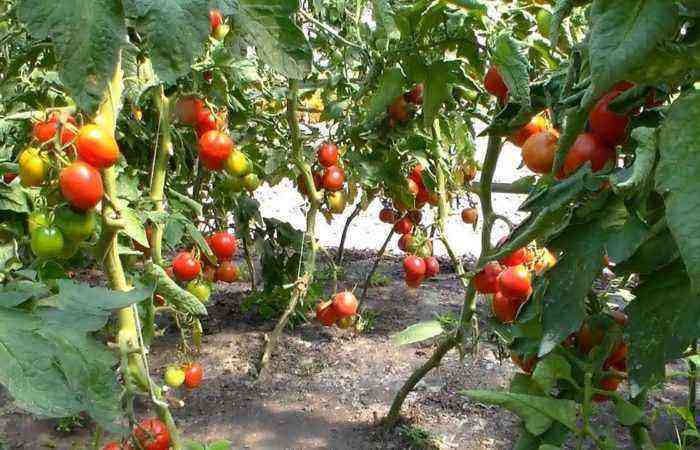Fertilizing vegetables and flowers with yeast fertilizing is not a new thing. Even at the time of the shortage of mineral fertilizers, vegetable growers noticed the beneficial effect of yeast on the growth and productivity of various crops.
Seedlings quickly adapt after transplantation, have a strong root system and a well-developed bush. Already on the second – third day after feeding, the bush noticeably changes for the better: the color is rich – green, the leaves are smooth and shiny. Subsequently, active flowering and fruit set are noted.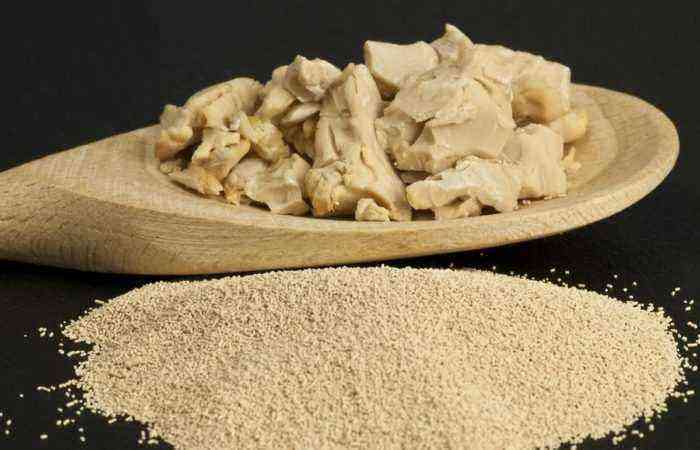
Why is yeast useful for tomatoes?
Yeasts are a group of unicellular fungi that live in liquid and semi-liquid substrates rich in organic matter. In wildlife, they feed on both intravital secretions of leaves, flowers and fruits, which are rich in sugars, and inanimate phytomass. Yeast itself contains a large amount of protein (more than 60%) and various trace elements, as well as iron and amino acids. However, yeast is used as a top dressing for tomatoes not only because of their chemical composition.
By creating a favorable environment for the development of microorganisms contained in the soil that process organic matter, yeast contributes to their enhanced growth. The result of the vital activity of microorganisms is the production of nitrogen, potassium and a significant improvement in soil structure.
It is these features of yeast that have made them in demand for improving the yield of vegetable crops, including tomatoes. In addition, it is an environmentally friendly top dressing, which is very valuable in the age of chemical technology.
The positive effect of feeding tomatoes
The use of yeast as a top dressing, of course, will not provide the plants with a full range of necessary nutrients, but it will give a certain positive effect:
- Strengthens the plant’s own immunity.
- Enhances the growth of the vegetative part and the root system.
- Improves air exchange and soil composition.
- Delays development of some pathogenic microorganisms.
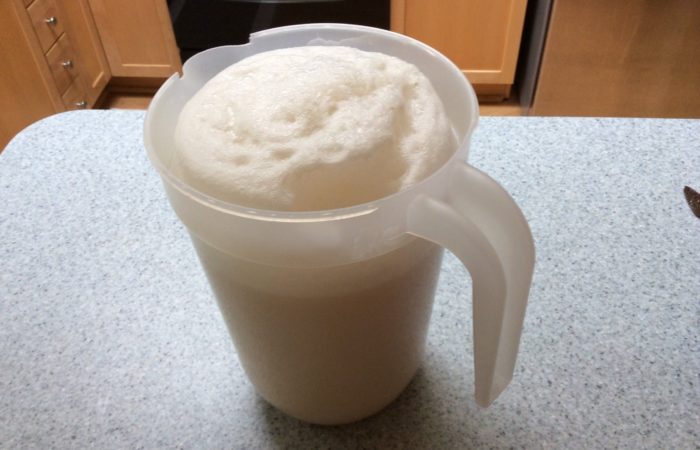
Safety measures
Like any fertilizer, yeast dressing can bring not only benefits, but also harm if the norms and proportions are not followed, especially when used in combination with other ingredients.
Carefully! Even diluted, sourdough yeast can cause minor burns, especially in hot, sunny weather. Through damaged areas, plants become infected with pathogens of various diseases.
What yeast is suitable for top dressing?
Yeast for top dressing can be used dry and raw. The technology for preparing the solution will depend on their condition.
dry
The recipe is designed to yield 50 liters of the finished solution:
- 100 g of yeast are thoroughly mixed;
- injected into 10 liters of warm water with the addition of 2 tbsp. spoons of sugar;
- after 2 hours, the solution is stirred and diluted with water to the desired volume.
Raw bakery
In 1 liter of milk stir 200 g of yeast and infuse for 2 hours. 10 parts of warm water are added to the resulting sourdough.
How to water properly?
Yeast top dressing is carried out only by the root method.
The prepared solutions are poured under the root of the plant, without wetting the leaves and trunk. To do this, use small watering cans or trays. A mound can be formed around the stem so that the solution spreads around the bush.
Recipes for yeast solutions for tomatoes
Yeast is used for the preparation of top dressing, both in its pure form and with the addition of other ingredients.
Classic fertilizer recipe
Standard yeast nutrition is a solution of yeast with water:
- In 5 liters of heated water, 1 kg of fresh yeast is introduced and kept for a day in a warm place.
- It is necessary to ensure that the yeast begins to “work”, that is, the fermentation process begins.
- To water, dilute 0.5 liters of solution per 10 liters of water.
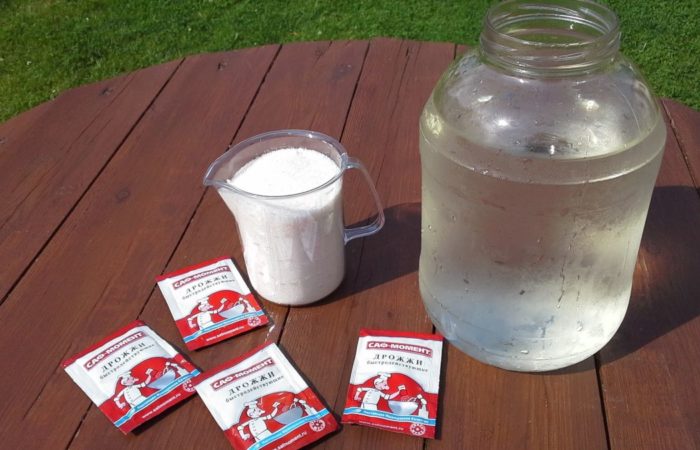
With added greens
A green dressing kit may consist of nettle, lettuce and dandelion, young quinoa:
- Grass is poured with boiling water, insisted for a week. Herbal infusion is diluted with water (1:10), a handful of wood ash and yeast are added, at the rate of 50 g of yeast per 10 liters of water.
- A day later, the infusion is ready, it contains all the main nutrients.
- Use at the rate of 200 g per bucket of water.
With mullein
Insist 4-5 kg of cow manure per 10 liters of water. For the preparation of yeast top dressing use:
- 0.5 l manure extract;
- 4-5 spoons of sugar;
- 10g dry yeast;
- 2 cups wood ash;
- 10l of water.
The resulting infusion for irrigation is diluted with water 1 to 10.
Cow manure can be replaced with bird droppings, but for extracting it, its consumption is reduced to 2-3 kg per 10 liters of water.
Green with mullein
- 5-6 buckets of grass, a bucket of cow dung are added to a 200-liter barrel, everything is poured with hot water.
- After the water has cooled, stir and add 2 kg of pressed yeast. You can add 3-4 liters of whey.
- Mix everything thoroughly, add water if necessary.
- The container is stirred in a warm place and kept for about two weeks.
- Feeding consumption – no more than 1 liter per bush.
Bread and yeast
Food leftovers are suitable: bread crusts, sour milk, fermented jam:
- The remains are placed in a ten-liter bucket, poured with warm water and a bag of dry yeast is introduced into the mixture.
- Cover tightly and store for a week, stirring occasionally. Filter.
- The resulting concentrate is used at the rate of 200g per bucket of water.
With ascorbic acid
For 5 liters of water, add 10 g of dry yeast, 2 tbsp. l. sugar and earth and kept warm for a day. Before use, dilute with water in a ratio of 1:10.
with hops
A glass of cones is boiled for at least an hour, cooled, two tablespoons of flour and sugar are added. Two days later – two grated potatoes and leave in a warm place for another couple of days. Used diluted with water in a ratio of 1:10.
How to prepare yeast fertilizer for seedlings, in what proportions to dilute it with water before watering – about this in the video.
The optimal amount of fertilizing with yeast
Experienced gardeners, through trial and error, have developed a calendar of optimal feeding of tomatoes with a yeast solution:
- The first (0.5 l under 1 plant) – 7-10 days after planting in the ground.
- The second (1 liter under 1 plant) is the complete rooting of the seedling.
- The third (2 liters under 1 bush) – in the phase of the beginning of flowering.
The effect of moderate top dressing becomes noticeable quickly enough: seedlings quickly increase their green mass and form full-fledged flower clusters.
In the future, active flowering and fruit formation are noted. Treated tomatoes are more disease resistant. The fruits are obtained with good commercial and taste qualities.
However, over-indulgence in yeast supplements can have the opposite effect. An overdose will lead to a deterioration in the condition of the plants, and the soil will become very compact.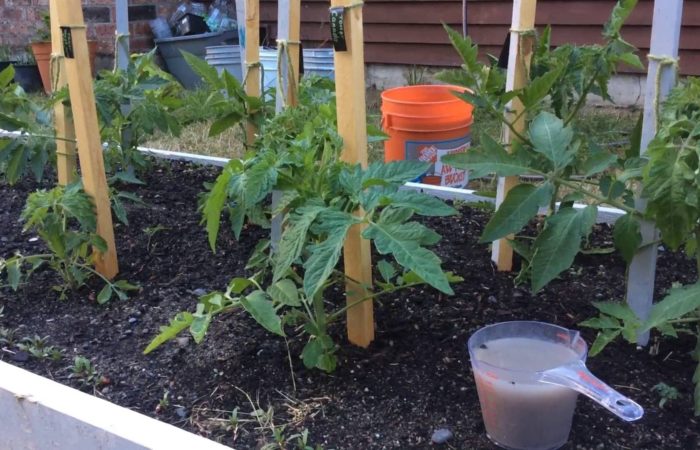
Useful Tips
To get the most benefit from yeast nutrition, you must adhere to the following recommendations:
- the yeast fermentation process is activated only in heat, so the water for the solution must be warm;
- it is necessary to carry out top dressing in warm weather, when the open ground warms up well;
- the solution quickly loses its useful properties, so you need to use it freshly prepared;
- yeast top dressing must be supplemented with wood ash to replenish calcium and potassium spent on fermentation.
Yeast is a healthy food product that is used in the preparation of various foods and does not harm our body when consumed within reasonable limits.
The use of yeast dressings in normal concentrations for vegetable crops will help grow a good crop of environmentally friendly tomatoes suitable for dietary nutrition.
